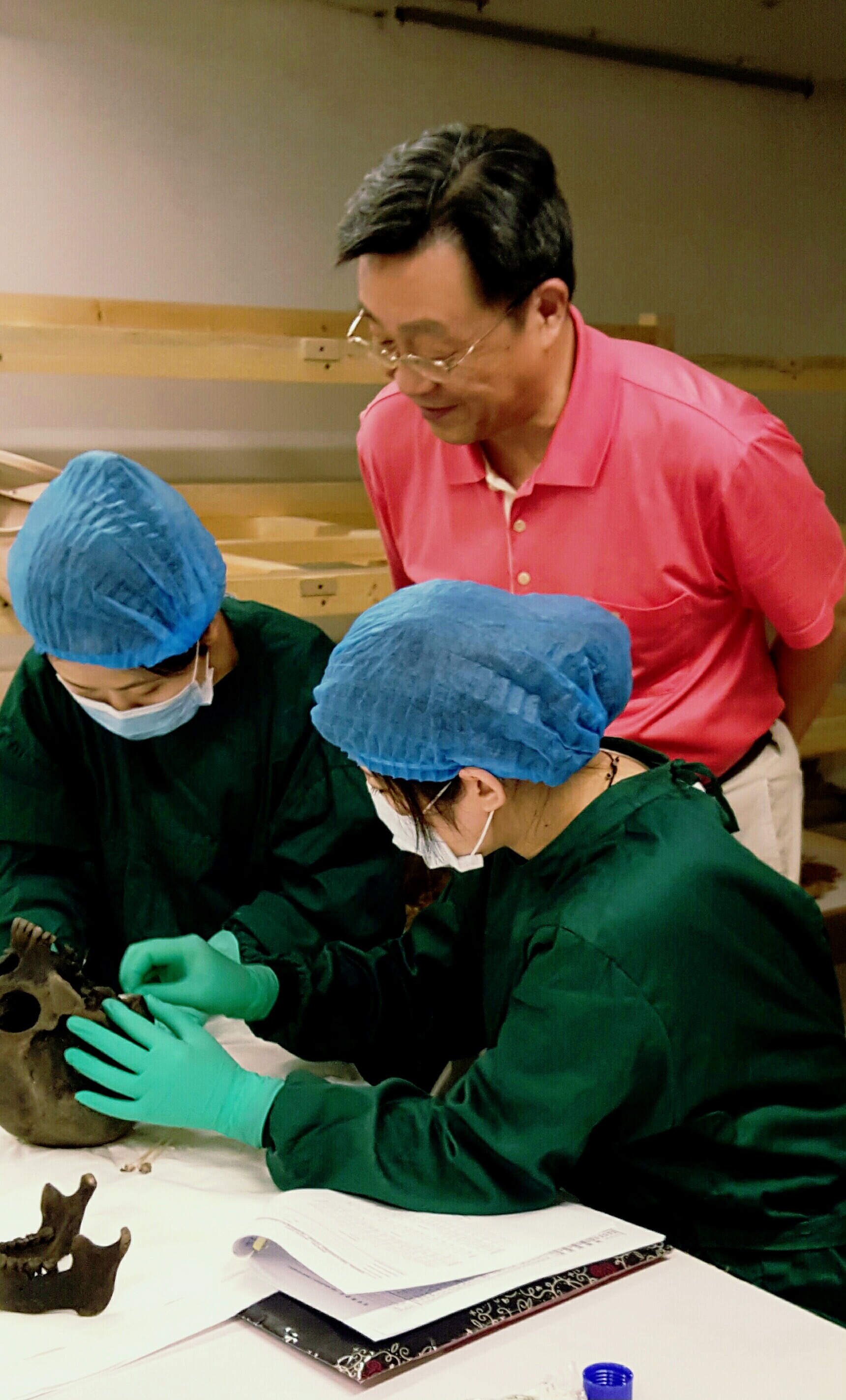Scientific and Technological Archaeology of JLU started when Prof. Zhu Hong established the Anthropology Laboratory in 1980s. Through more than 20 years of construction and development, it holds a leading position nationwide in ancient Chinese people’s physical morphology, genetic structure, health status, ancient diseases, the origin and evolution of domestic animals and plants, ancient environmental restoration and other fields. It has also developed a greater international impact. In 2014, the “Key Scientific Research Base of Physical Anthropology and Molecular Archaeology of the National Administration of Cultural Heritage” was approved to be established, becoming China’s first national scientific research platform for physical anthropology and molecular archaeology. It also collaborated with the University of Toronto, University of British Columbia, and Simon Fraser University, Texas A&M University, UCLA, Oregon State University, Oxford University, Durham University, Nanyang Technological University at Singapore, Australian National University, Pune University, University of Copenhagen in Denmark, Leiden University in Russia, the Institute of Archaeology and Ethnology under the Siberian Branch of the Academy of Sciences, Kyushu University, Kyoto University, Gifu University, and the South Korean Institute of Prehistoric Culture have maintained good international cooperation relations.

The Human Osteoarchaeology Laboratory
Scientific and Technological Archaeology research faculty consist of 8 full-time teachers, including 5 professors, 2 associate professors, and 1 lecturer, the overall strength of which ranks high among Chinese universities. Currently, it occupies more than 1,500 square meters as offices and laboratories. From 2010 to 2019, the faculty undertook more than 90 scientific research projects. The faculty also undertook the formulation of 2 national industry standards, and published more than 300 papers, including 32 SCI papers and 16 SSCI papers.

Forensic Archaeology Research on the "Slaughter Hole" of the Miner's Tomb in Liaoyuan, Jilin

Professor Zhu Hong is tutoring students with human bone measurements